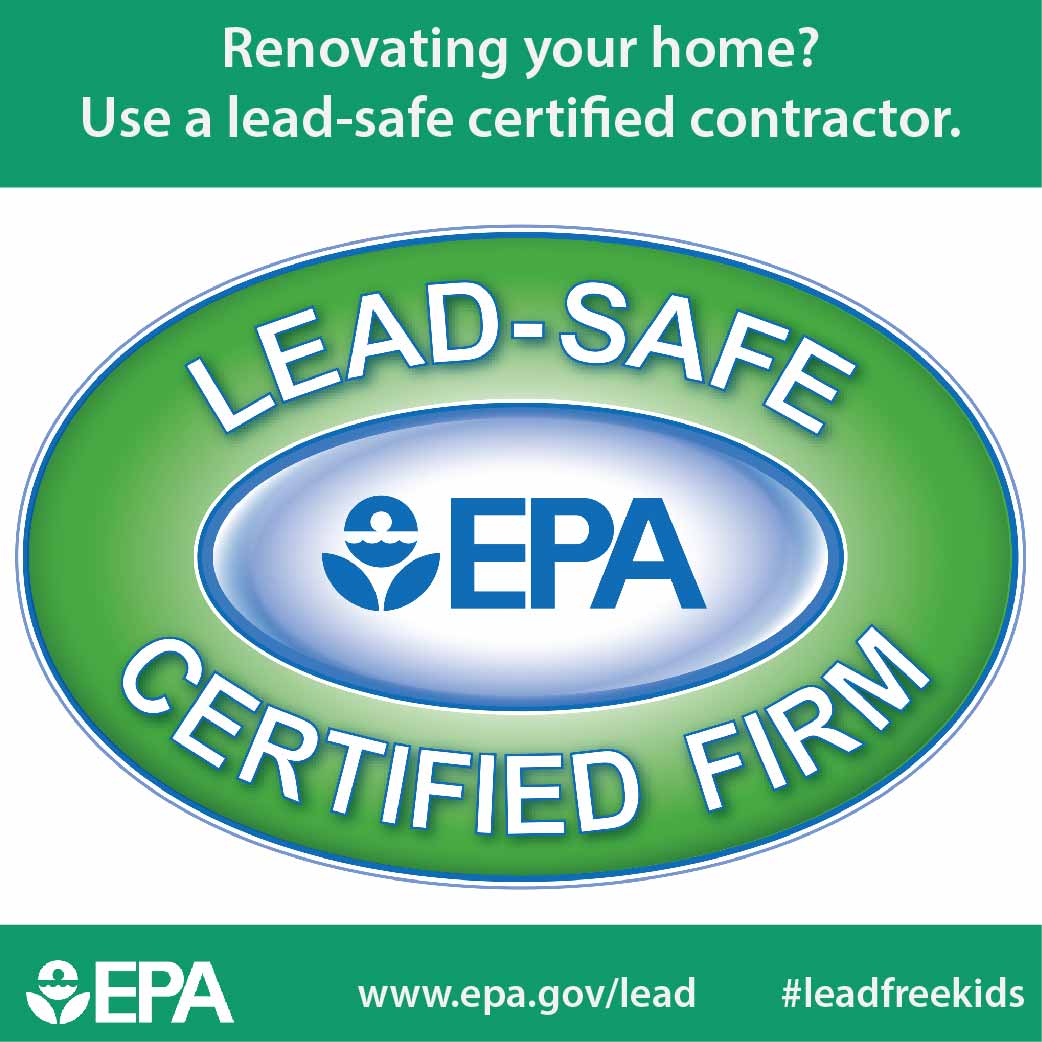Vital Seasonal Aspects Of Commercial Outside Painting: What You Must Understand
Vital Seasonal Aspects Of Commercial Outside Painting: What You Must Understand
Blog Article
Composed By-Doherty Decker
When you're intending an industrial outside painting job, seasonal factors can make or break your results. You'll intend to consider just how temperature level and humidity impact paint application and drying out times. Choosing the appropriate season can ensure your paint adheres effectively and lasts longer. Yet which periods are genuinely the most effective for this type of work? Let's explore the crucial elements that can affect your project's success.
The Effect of Temperature Level on Paint Application
When you're intending an industrial exterior paint project, the temperature can dramatically influence how well the paint adheres and dries out.
Ideally, bedroom painters want to repaint when temperatures range in between 50 ° F and 85 ° F. If it's also cool, the paint might not cure effectively, resulting in concerns like peeling off or fracturing.
On the other side, if it's too hot, the paint can dry too quickly, avoiding appropriate adhesion and leading to an irregular surface.
You ought to additionally think about the time of day; morning or late afternoon uses cooler temperatures, which can be more desirable.
Constantly check the manufacturer's referrals for the specific paint you're using, as they typically provide support on the optimal temperature array for ideal outcomes.
Humidity and Its Effect on Drying Times
Temperature level isn't the only environmental element that affects your commercial outside paint job; humidity plays a considerable role too. https://interiorhousepaintersnear99876.ssnblog.com/33384276/boost-your-home-s-curb-charm-the-benefits-of-working-with-specialist-house-painters can reduce drying out times considerably, impacting the general quality of your paint task.
When the air is saturated with moisture, the paint takes longer to cure, which can lead to problems like bad attachment and a higher threat of mold growth. If you're repainting on a specifically moist day, be planned for extended delay times between layers.
It's essential to monitor local weather conditions and plan appropriately. Ideally, go for moisture levels in between 40% and 70% for optimum drying.
Keeping these consider mind guarantees your job stays on track and delivers a lasting coating.
Best Seasons for Commercial Outside Paint Projects
What's the most effective season for your industrial outside painting jobs?
Springtime and very early fall are generally your best choices. During these seasons, temperature levels are moderate, and humidity levels are commonly lower, creating ideal conditions for paint application and drying.
Prevent summertime's intense heat, which can cause paint to completely dry too rapidly, bring about bad adhesion and coating. Likewise, winter months's cold temperatures can impede appropriate drying and healing, running the risk of the long life of your paint job.
Go for days with temperature levels between 50 ° F and 85 ° F for ideal results. Bear in mind to check the local weather report for rainfall, as damp conditions can wreck your task.
Planning around these elements ensures your paint job runs smoothly and lasts much longer.
Conclusion
Finally, preparing your commercial outside painting jobs around seasonal factors to consider can make a substantial distinction in the outcome. By organizing work throughout the excellent temperature levels and moisture levels, you'll guarantee better attachment and drying times. Remember to watch on neighborhood weather report and pick the correct time of year-- spring and very early loss are your best choices. Taking these actions will aid you accomplish a sturdy and expert coating that lasts.
